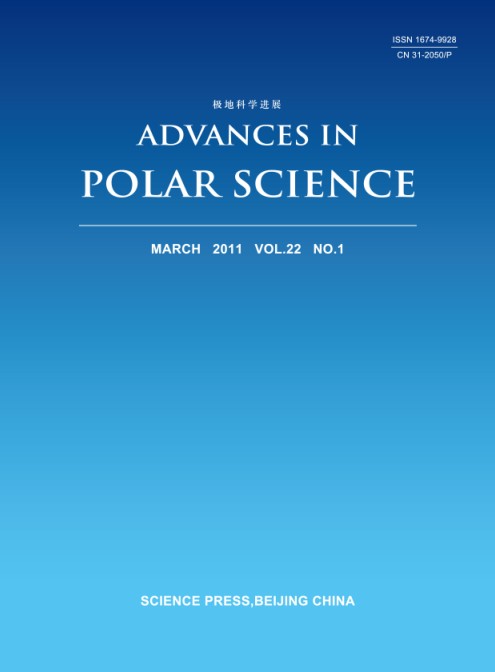The distribution and abundance of euphausiid larvae and salps was studied from samples collected in 2002 and 2006 from Prydz Bay, Antarctica. Larvae of Thysanoessa macrura and Euphausia superb were mainly distributed in the north of the continental shelf. T. macrura was more abundant and had a relatively wider distribution. In 2006, with ice having retreated and higher seawater temperatures and chlorophyll a levels, E. superb and T. macrura occurred in higher abundances and at more mature developmental stages. Euphausia crystallorophias was mainly distributed in the neritic region. In 2002, with severe ice conditions in the neritic region, abundance of E. crystallorophias was only 95.6 ind?(1000 m)-3. In 2006 when a polynya existed, the abundance of E. crystallorophias reached 43966.6 ind?(1000 m)-3. The population mainly consisted of metanauplius (MN) and calyptopis I (CI). Salps, mostly Salpa thompsoni, had a low abundance in Prydz Bay. In 2002, S. thompsoni was only found at one station in the north of the bay with an abundance of 10 ind?(1000 m)-3. In 2006, S. thompsoni was found at three stations located near the continental slope and average abundance reached 146.7 ind?(1000 m)-3. Environmental factors, such as the timing of ice melt, polynya formation and food concentration appear to have a marked effect on the distribution and abundance of euphausiid larvae and salps.

